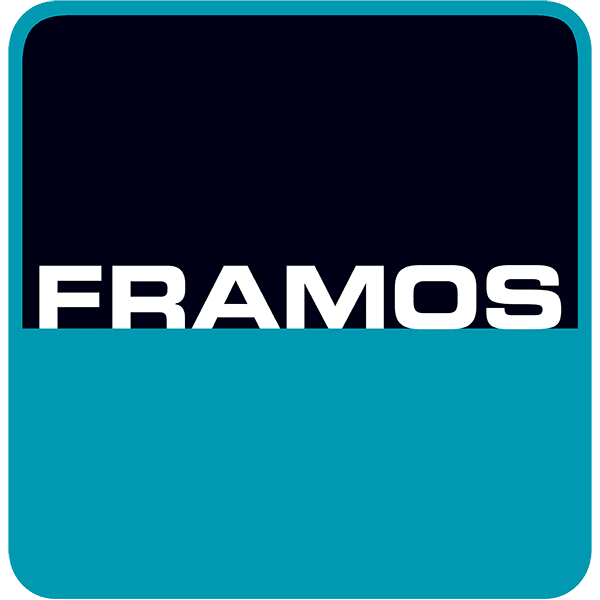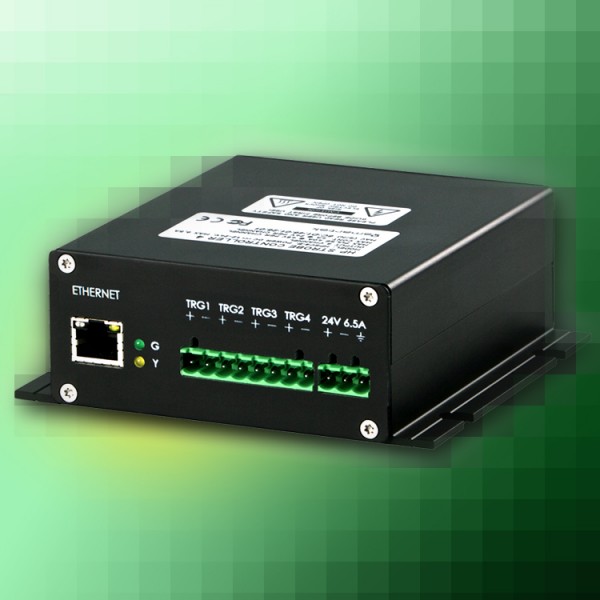
Have you ever struggled with camera settings to get the best image? Balancing exposure time with the light available and still getting crystal clear images of fast moving objects can be challenging. Experiencing errors in your measurement precision due to subtle fluctuations in your illumination is very frustrating. If you understand this pain, then you need to take control of your LEDs.
Fortunately, tools exist to help. LED Controllers can be used to maintain a rock-solid output power for an ‘always on’ LED, also allowing you to synchronize and safely overdrive an LED to get dramatic increases in optical output power pulsed in-line with your camera exposure. LED current controller are designed precisely for these image processing applications, in which rapidly moving objects must be captured with maximum image sharpness, placing the highest demands on performance and stability. An LED current controller will provide you with a large amount of power, speed and flexibility which will ultimately improve your productivity and output. Let’s examine how it might benefit you.
Power
To drive illumination takes energy, and a potentially, a lot of it. Having this power in reserve and the capability to ensure it is always delivered accurately is the key function for an LED controller. Total power in a continuous mode and individual pulse energies are also a great function of an LED controller as this directly affects the amount of light you can get onto your target. More light = shorter exposure = quicker processing. Increasing power will ultimately allow you to improve productivity.
Speed
Once your system has an increased power supply, you can begin to increase the processing speed to improve productivity. Your lighting will now have the power to keep up to these higher speeds. This increase in speed requires a suitably nimble processor to keep up and an LED current controller will enable you to reliably handle these high speeds. It will also manage your vision centric input and outputs linking your entire system.
Efficiency
A rise in temperatures from an increase in power of your LEDs could easily harm your devices and decrease the overall lifetime value of your lighting components. Therefore, as you increase speed and power you should examine how you can improve efficiencies. Pulsing LEDs only during camera exposure is one of the most significant steps that should be considered to keep the temperatures at a fraction of what they would be compared to continuous operation, even while being overdriven. Furthermore, a good LED current controller produces very little heat allowing reduced formfactors while keeping the supported maximum ambient temperature level.
Flexibility
Are you uncertain about the required light strength or do you need to adjust brightness, timing and channel-mapping to optimize your system robustness in the field? Are you within a flexible production process where goods or conditions may change, and are limited by the overall system to work with a central power supply? Modern devices with Buck and Boost voltage conversion provide the current at the best voltage to match the lighting at a high efficiency, independent of the provided supply voltage. The output parameters are configurable remotely via various interfaces and allow a quick and easy adjustment for your perfect setup – even in the field. Using a multi-channel controller will at the same time allow you to manage multiple independent LEDs on the same controller to reduce the overall system costs.
To improve productivity when using lighting to power a vision system, LED Current Controllers are the best option. One of the most powerful models on the market is the HPSC4 from SMARTEK Vision. The four channel LED Current Controller is designed to work as part of a vision solution, be it for the flexibility to capture fast moving objects with maximized picture sharpness or where precision levels of illumination are required.
Driving a broad range of LED illumination, it comes with a digital regulated buck and boost switching power supply with up to 120W output. The four individually controllable input and output channels enable asynchronous operation and full control over light intensity, timing, synchronization and over modulation of one of more lights for different lighting scenarios via one single controller. With its very high signal quality and stability it produces up to 40A pulse at a maximum of 48V on the output. A modern hardware design in a compact rugged housing, combined with Optimal Autosense for ideal operating conditions at any time, achieves an efficiency of more than 90%. For precise synchronization and strong overdrive options the HPSC4 comes with opto-isolated trigger inputs and separate output lines for external synchronization. The input to output delay of down to 2μs allowing pulses with a resolution of up to 1μs / 1mA and durations from 1μs to 60s. The various HPSC4 operating modes – from external, internal and software triggered to continuous operation – allow you to select the synchronization type best suited to your application. With up to 200V, the IPSC-series from SMARTEK Vision also offers a unique solution to benefit from the advantages of an LED current controller at high voltages.
From factory automation to traffic monitoring and control, image processing applications benefit considerably from the performance of their lighting system. The lighting intensity of LEDs, with simultaneously low thermal load, can also be significantly increased with extremely short and very bright pulses of light. Existing LED lights can therefore be operated well beyond their specification and used much more efficiently. For integrators and end users alike, this means two things: more light for less money!
Our FRAMOS imaging experts would be happy to talk to you about your current project and how the SMARTEK Vision Strobe Controller family can help.











